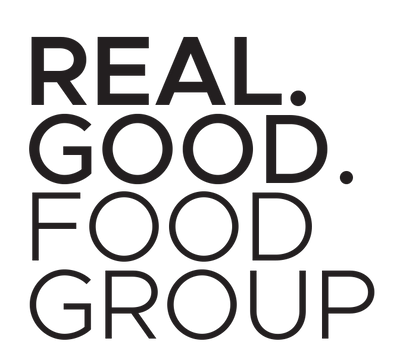Common Artificial Food Colours in Australia: Usage and Side Effects in Children
In the colourful landscape of food and beverages, artificial food colours play a significant role in enhancing visual appeal and influencing consumer choices. In Australia, these synthetic dyes are commonly used in a variety of products, raising questions about their safety, especially for children.
In Australia, several artificial food colours are widely used. Here’s a list of the most common ones:
Tartrazine (E102)
Origin: Derived from coal tar or petroleum.
Uses: Found in soft drinks, candies, cereals, and sauces.A
Appearance: Bright yellow.
Sunset Yellow FCF (E110)
Origin: Synthetic dye made from petroleum.
Uses: Often used in snacks, baked goods, and beverages.
Appearance: Bright orange.
Carmoisine (E122)*
Origin: Synthetic dye, also known as Azorubine
Uses: Commonly found in jams, jellies, and desserts
Appearance: Deep red.
Allura Red (E129)
Origin: Synthetic dye derived from petroleum.
Uses: Present in candies, beverages, and processed foods.
Appearance: Red.
Brilliant Blue FCF (E133)
Origin: Synthesized from coal tar.
Uses: Used in ice creams, candies, and soft drinks.
Appearance**: Bright blue.
Indigo Carmine (E132)
Origin: Synthetic dye.
Uses: Found in some confectionery and dairy products.
Appearance: Dark blue.
Green S (E142)
Origin: Synthetic dye
Uses: Commonly used in sweets and beverages.
Appearance*: Bright green.
These artificial colours are used to make food more visually appealing and also to help in brand differentiation and marketing.
Side Effects of Artificial Food Colours in Children
While artificial food colours are approved for use in Australia, there is growing concern about their potential side effects, particularly in children. Some studies suggest a link between certain food dyes and behavioral issues, including hyperactivity. Here are some notable concerns:
1. Hyperactivity and Attention Disorders: Research has indicated that certain artificial colors, especially in combination with preservatives, may exacerbate symptoms of ADHD (Attention-Deficit/Hyperactivity Disorder) in susceptible children.
2. Allergic Reactions: Some children may experience allergic reactions to specific food colours, leading to symptoms such as hives, itching, or even asthma attacks.
3. Long-Term Health Effects: Although more research is needed, there are concerns about the long-term health impacts of consuming artificial dyes, including potential links to certain cancers and other chronic conditions.
Regulatory Oversight
In Australia, the use of artificial food colours is regulated by Food Standards Australia New Zealand (FSANZ). Food products containing these dyes must display a label indicating their presence. Importantly, some colors, such as Tartrazine, require a warning label for individuals sensitive to them.
Artificial food colours are a staple in many Australian food products, adding vibrancy and appeal. However, as parents and caregivers become more health-conscious, it’s essential to be informed about what’s in our food and the potential effects on children. By reading labels and opting for natural alternatives when available, families can make more informed choices about their dietary options. The vibrant world of food should be enjoyed, but it’s equally important to prioritise health and wellbeing.



